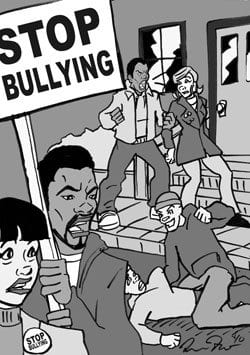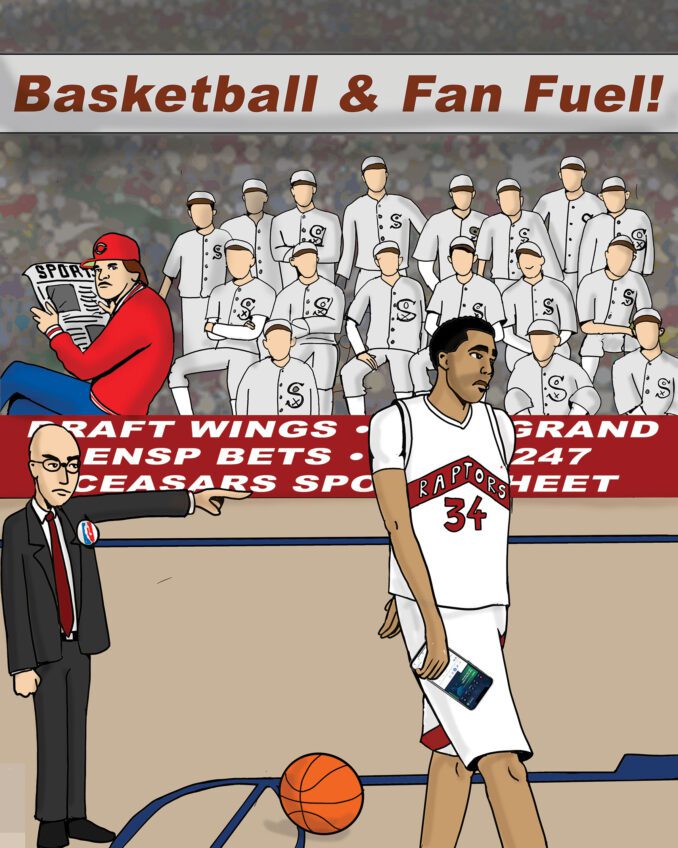
Time for community intervention
In the old days, bullying was equally odious but less lethal than today. Usually, the bully would select a victim who was smaller than he and inclined to be timid. Periodically, the victim would be subjected to insults and fistic attacks. This conduct would continue either until the victim heroically fought back or there was adult intervention.
There were rules, however. The fights had to be one-on-one. While the bully would often show up with his gang of sycophants, their role was to stand by admiringly as the bully reconfirmed his status as the alpha male. It would have been humiliating for any of them to jump into the fight because that would imply the bully was incapable of dispatching the hapless victim unassisted.
Now bullying has progressed. Mild insults have degenerated to abject derision, one-on-one battles have become gang warfare, and fist fights have evolved into armed conflict. But a more physically gentle tradition has developed. In this high tech era, cyber bullying has now become common.
Boys with an abusive temperament but little courage for physical confrontation can hide in the internet while debasing the reputations of their victims. And girls can now engage in bullying without the risk of physical injury. However, the growing involvement of girls in cyber bullying and its disastrous consequences have forced society to reconsider its tolerance of the brutality of bullying by boys as well.
Several recent incidents focused public attention on the issue. One of the most disturbing was the suicide of 15-year old Phoebe Prince, a freshman at South Hadley High School in Massachusetts. As a recent immigrant from Ireland, she was emotionally unprepared to cope with the bullying text and Facebook messages, together with the taunts at school. Her sin was to be smart, charming and very attractive to the boys. When the cyber bullying became intolerable, she decided that suicide was the only way out.
A number of cases have been reported of young boys also succumbing to suicide because of anti-gay taunts. However, the most brutal bullying case of all occurred recently in Chicago when a 16-year old honor roll student, Derrion Albert, was set upon by a teen-age mob for no reason, and he was beaten to death with 2-by-4s.
In many cases, what started as bullying in school has extended to wanton attacks by teenagers on the homeless. According to the National Coalition for the Homeless, 58 percent of those accused of attacks on the homeless in the past 10 years have been teenagers, and many attacks have been fatal.
Boston’s mayor, Thomas Menino, has recognized the seriousness of bullying and he has taken steps to minimize it. The most important are the establishment of a hotline to report incidents and his effort to induce social networking sites to control cyber bullying. The state legislature has in the past attempted to pass anti-bullying bills without success. The issue there is that laws against assault and battery are already on the books, and they have not been a successful deterrent.
The fundamental problem is that society cannot expect the young to treat one another with respect when adults do not set a good example. Intervention by adults — parents, teachers and neighbors — would be the best remedy against bullying. But adults must demonstrate the requisite level of courtesy to others to qualify as effective role models.


![Banner [Virtual] Art Gallery](https://baystatebanner.com/wp-content/uploads/2024/04/Cagen-Luse_Men-at-store-e1713991226112-150x150.jpg)



